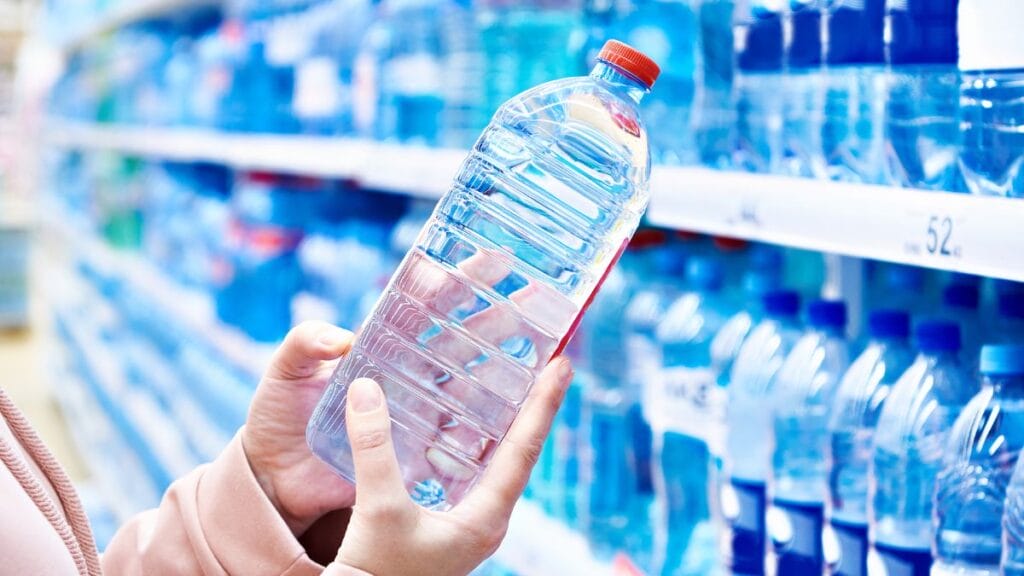In recent decades, the booming packaged water industry has seen a surge in popularity, driven by the belief that bottled water is a safer alternative to tap water supplied by public drinking water systems. This growth is evident in the market value of bottled water, which skyrocketed to over 221 billion Indian rupees in 2021 and is projected to exceed 826 billion rupees by 2030, boasting a compound annual growth rate of 14.03 percent between 2022 and 2030. However, beneath the surface lies a murky reality that consumers need to be aware of—a reality where fake brands infiltrate the market, posing serious health risks and financial losses.
The convenience of picking up a water bottle from roadside shops is a common practice among many Indians, whether locals or tourists. What consumers may not realize is that alongside established brands, fake counterparts have emerged, cunningly mimicking names, logos, and even packaging colours. These imposters not only deceive consumers with their deceptive resemblance but also charge similar prices, further blurring the lines between authenticity and deceit. The consequences of this deception extend beyond financial exploitation. Unaware consumers, driven by convenience or sheer ignorance, unknowingly ingest impure and unhygienic substances, jeopardizing their health in the process.
As summer approaches, the nefarious activities of the water mafia, which controls the supply and distribution network of bottled water, intensify. Industry experts estimate that a staggering 70% of bottled water in circulation is counterfeit and contains nothing more than tap water. This alarming statistic is further exemplified in specific regions like Gurgaon, where almost 50% of water sold under the guise of ‘mineral’ or ‘RO-purified’ water is found to be spurious.
Compared to these counterfeit operations, established brands uphold stringent quality standards. These brands subject their products to rigorous trials and tests, ensuring adherence to prescribed quality benchmarks before reaching the market. By prioritizing consumer safety and maintaining product integrity, genuine brands distinguish themselves from their counterfeit counterparts. So, how can consumers discern genuine packaged water from counterfeit ones? Here are some key indicators to help identify fake water bottles:
- Scrutinize Packaging: Pay attention to subtle differences in packaging, such as variations in logo design, font, or colour shades, which can indicate counterfeit products attempting to mimic established brands.
- Check Seal and Label: Genuine packaged water bottles feature intact seals and labels, often with tamper-proof mechanisms, ensuring the integrity of the contents. Any signs of tampering or irregularities should raise red flags.
- Examine Water Clarity and Taste: Before consuming packaged water, inspect the clarity and taste of the water. Genuine products should have a clear appearance and a neutral taste without unusual odours or flavours. Any discrepancies in water quality may suggest counterfeit or adulterated products.
- Verify Batch Codes: Authentic products typically display batch or lot codes, allowing consumers to trace the product back to its manufacturing origin. Verify these codes through official channels provided by the manufacturer.
- Purchase from Reliable Sources: Opt for bottled water from reputable retailers or authorized distributors to minimize the risk of encountering counterfeit products. Avoid buying from roadside vendors or sellers without verification.
- Report Suspected Counterfeit Products: If encountering suspected counterfeit packaged water or experiencing doubts about product authenticity, reporting concerns to relevant authorities, such as consumer protection agencies or the manufacturer’s customer service department, contributes to combating illicit trade practices and protecting fellow consumers from potential harm.





